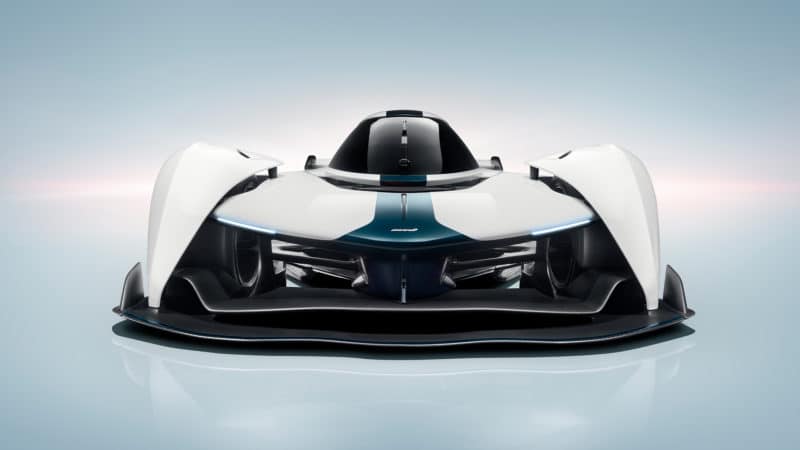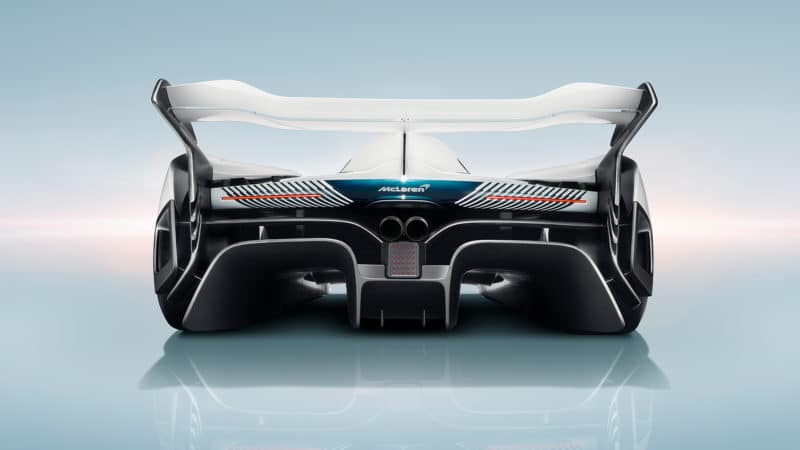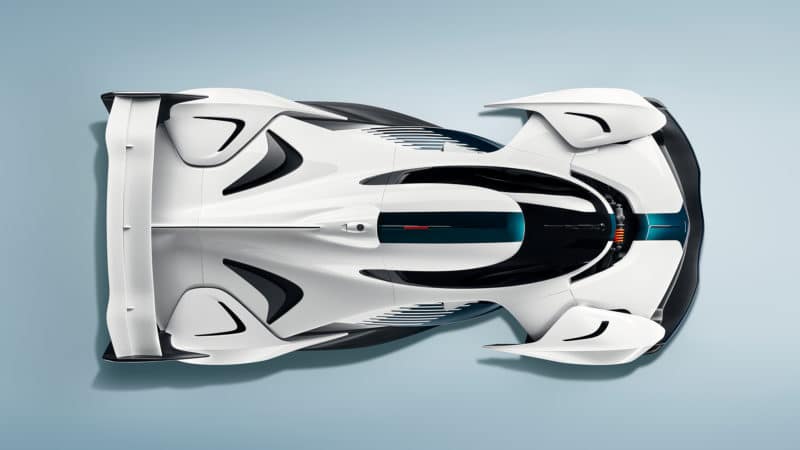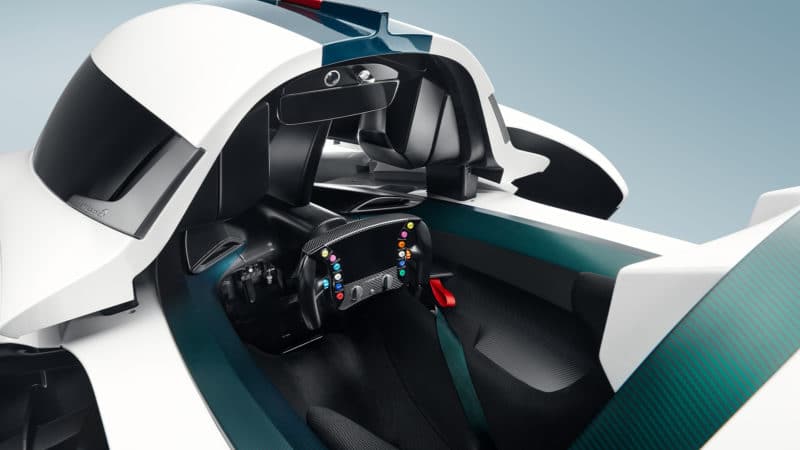I understand the engine is not McLaren’s own design, but one created for it by Engine Developments Ltd, better known to most people as Judd. And it would seem related to the GV V10 motor that first saw service in sports car racing back in 2004 and has since provided Judd customers with numerous podium positions at Le Mans and won then European Le Mans series outright. So while it may not be a McLaren engine per se, it should certainly prove more than fit for purpose.
But actually, and perhaps unusually for such cars where track performance always seems the ultimate aim, the Solus GT appears to want to appeal as much for its sci-fi design as its race-bred engineering. There are some fairly meaningless performance claims (0-62mph in 2.5sec, top speed over 200mph for what very little they’re worth), but you’ll find no claim anywhere for it to be ‘as fast as a Formula 1 car’ or similar. And there are two clear reasons for that, the first and most obvious being that it won’t be. Nor even close. Heavier, less powerful and with a fraction of the downforce of the real thing, the Solus would clearly not see which way a modern F1 car had gone, as if that were in any way important. No lap times, even simulations, are claimed. Instead its purpose is bring all the looks, power and performance of an imaginary car conceived without rules for the PlayStation generation and make it real.
Which is why it’s a single seater and why you access the cockpit not via anything as mundane as a door but by sliding the canopy forward and going in over the top, jet-fighter style. Once inside, the controls are very much akin to those of a Formula racing car with information displayed via digital display mounted on the steering wheel. Rear vision is achieved via a camera system.









